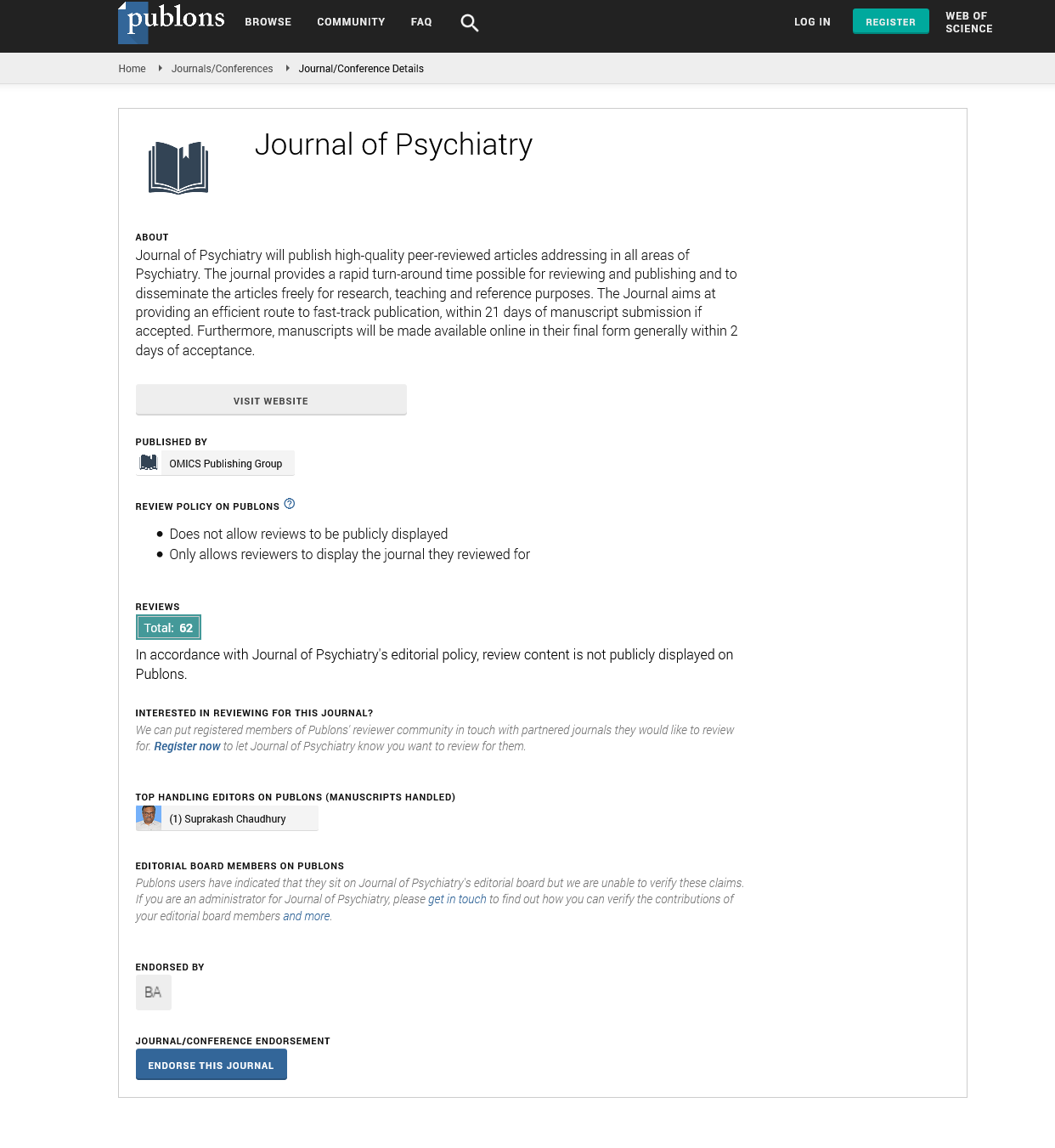Indexed In
- RefSeek
- Hamdard University
- EBSCO A-Z
- OCLC- WorldCat
- SWB online catalog
- Publons
- International committee of medical journals editors (ICMJE)
- Geneva Foundation for Medical Education and Research
Useful Links
Share This Page
Open Access Journals
- Agri and Aquaculture
- Biochemistry
- Bioinformatics & Systems Biology
- Business & Management
- Chemistry
- Clinical Sciences
- Engineering
- Food & Nutrition
- General Science
- Genetics & Molecular Biology
- Immunology & Microbiology
- Medical Sciences
- Neuroscience & Psychology
- Nursing & Health Care
- Pharmaceutical Sciences
Perspective - (2023) Volume 26, Issue 5
The Bystander Effect: A Social Psychological Phenomenon
Ruud Gelder*Received: 02-May-2023, Manuscript No. JOP-23-21416; Editor assigned: 05-May-2023, Pre QC No. JOP-23-21416(PQ); Reviewed: 19-May-2023, QC No. JOP-23-21416; Revised: 26-May-2023, Manuscript No. JOP-23-21416(R); Published: 02-Jun-2023, DOI: 10.35248/2378-5756.23.26.593
Description
Psychology and sociology use the term bystander effect to describe how people often do nothing or help less when someone is in trouble and there are other people around. The presence of others affects how much a person wants to help someone in need. Even if it is urgent, studies have shown that a bystander is more likely to ignore the situation if he or she thinks there are others who can help. Also, the more people there are, the less likely anyone will help, even if each extra person has less influence. The idea came from a 1964 case where Kitty Genovese was killed in New York and many of her neighbors saw it but did not do anything.
Causes of the bystander effect
The bystander effect is a social phenomenon that explains why people are less likely to help someone in trouble when there are other witnesses around. Social psychologists Bibb Latané and John Darley suggested that two factors influence this effect: diffusion of responsibility and social influence. Diffusion of responsibility means that people feel less personally accountable for taking action when others are present. Social influence means that people look at the reactions of others to decide how to behave. Latané and Darley also proposed a five-step model of helping, in which bystanders can choose to do nothing at any stage:
• Notice the event (or miss it because they are in a hurry).
• Interpret the situation as an emergency (or think that it is not urgent because others are not acting).
• Assume responsibility (or expect that others will do it).
• Know what to do (or lack the skills or knowledge to help).
• Decide to help (or worry about the risks, legal issues, embarrassment, etc.).
Additionally, Latané and Darley identified three psychological processes that might stop a bystander from helping someone in need- diffusion of responsibility; evaluation apprehension (fear of being judged by others); and pluralistic ignorance (the tendency to rely on the cues of others when facing an ambiguous situation). Some real-life examples of the bystander effect are: The murder of Kitty Genovese in New York in 1964, who was attacked by a knife-wielding man while several neighbors watched but did not intervene or call the police. The abduction and killing of James Bulger in Liverpool in 1993, who was taken by two ten-year-old boys and walked for over two miles past many people who saw them but did not report anything suspicious.
The bystander effect can be reduced by raising awareness and providing training in some cases. Schools and colleges encourage students to speak up when they witness bullying or potential violence. One way to overcome the bystander effect is to act as if one is the only person who can help. Often, when one person takes action, others may follow their example. For instance, shouting "Stop!" or "I'm calling the police!" can deter the perpetrators or attract more attention. However, an active bystander should not rely on others to join them; they should also give clear instructions to other bystanders to assist them.
Another way to reduce the bystander effect is to educate people about its causes and effects and how to deal with them. For example, teaching peoples how to recognize an emergency situation, how to overcome fear and doubt, how to take responsibility and assign tasks, and how to provide effective help. The bystander effect is a phenomenon that has significant implications for our society and our well-being. By understanding its causes and effects, we can become more aware of our own behavior and more willing to help others in distress.
Citation: Gelder R (2023) The Bystander Effect: A Social Psychological Phenomenon. J Psychiatry. 26:593.
Copyright: © 2023 Gelder R. This is an open access article distributed under the terms of the Creative Commons Attribution License, which permits unrestricted use, distribution, and reproduction in any medium, provided the original author and source are credited.

